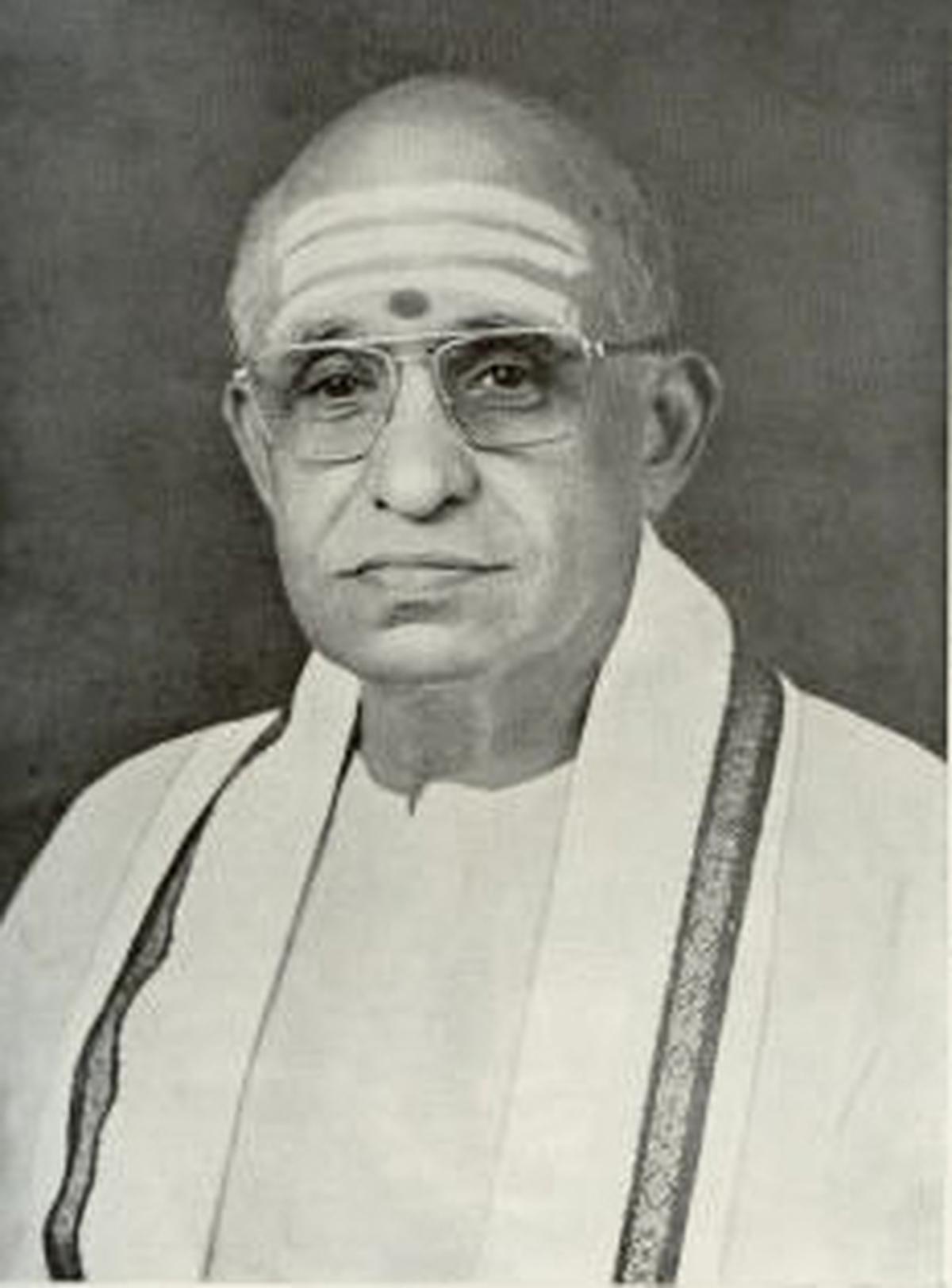
Aishwarya Vidya Raghunath
| Photo Credit: Special Arrangement
Not all legacies are loud. Some settle in silence, in the grain of a raga, in the pause before a swara. It’s hard to describe what Semmangudi Srinivasa Iyer’s music felt like unless you have sat in front of him and listened. For those of us who have heard him through recordings and anecdotes, tribute concerts are the closest we can get to his art. This month at the Music Academy, yet another such evening marked his 117th birth anniversary, featuring Aishwarya Vidya Raghunath. She was accompanied by R.K. Shriramkumar on the violin, Arun Prakash on the mridangam and Guruprasad on the ghatam.
The choice to open the evening with ‘Merusamana’ in Mayamalavagowla was not surprising. This Tyagaraja kriti, which compares Rama to the immovable Mount Meru, was one of Semmangudi’s well-recognised openers, rendered in the chowka kala. For Semmangudi, Mayamalavagowla was never just a beginner’s raga. In ‘Merusamana’, he demonstrated how a foundational raga could carry immense musical authority.
His rendition of the piece was known for its deliberate pacing, especially the notable silence between pallavi and anupallavi. This moment, a breath of space before the percussion joined was observed in this concert too. Shriramkumar’s violin paused and so did the percussion, only to re-start as the anupallavi began, creating a space that many rasikas would instantly recognise as Semmangudi’s signature style. The niraval and kalpanaswara at ‘Gala munanu sobhillu’ followed. There was a clear transition from keezh kala to mel kala swaras, separated by a precise, short pause and the percussion elevating it.

Semmangudi Srinivasa Iyer
| Photo Credit:
Special Arrangement
The second piece, ‘Nenendu vedakudura’ in Karnataka Behag, a composition seldom heard in recent times, especially after Semmangudi’s era, brought a gentle lift to the concert’s momentum. It’s hard to think of a Semmangudi concert without Karaharapriya. The raga was almost second nature to him and true to the tradition, it unfolded with an alapana that brought out its innate karuna rasa, with the singer and accompanists totally engrossed in the music. When most in the audience expected Neelakanta Sivan’s ‘Navasiddhi peruvaalume’, the musicians pleasantly surprised them by rendering Tyagaraja’s ‘Rama nee samanamevaru’.The niraval at ‘paluku paluku teneloka’ was seeped in melody.
After a run of Tyagaraja compositions, Muthuswami Dikshitar’s ‘Amba nilayadakshi’ in Nilambari was presented and offered a moment of contrast. The chowka kāla tempo brought out the raga’s gentle sway and the percussionists responded with thoughtful strokes. A segment of kalpanaswaras followed.
Semmangudi’s contributions to Carnatic music are many, but his role in bringing Swati Tirunal’s compositions into mainstream concert repertoire stands out in particular. His deep sense of devotion and musical insight gave these kritis a strong footing on the concert stage. Echoing that lineage, the concert next featured the lively ‘Gopanandana valarippu’ in Bhooshanavali.
Thodi, for many rasikas, is strongly linked with the voice of Semmangudi, a raga that he returned to often, each time with a new intensity. ‘Rave himagiri’, the swarajati by Syama Sastri, was presented next. The alapana was carved through Thodi’s maze of curves and layered intricacies. A special touch came during the kalpanaswara, where the inspiration drawn from the original chittaswara structure created a sense of continuity between the composer and the performer.
Encompassing all the trikalams, starting from the keezh kala and ending with the mel kala, the tani avartanam elevated the mood of the entire concert. Arun’s clarity and precision on the mridangam was meticulously followed by Guruprasad on the ghatam. The simple yet aesthetic korvais, embedded with variations in a simple thathikitathom phrase — were a treat to laya admirers.
The ‘Peru lenna mata’ in Kapi, a rakti raga, was taken up next. Semmangudi’s fondness for rakti rāgas is well-known. He made this javali, composed by Dharmapuri Subbaraya Aiyyar, his own.
‘Sapashya kausalya’ in Jhonpuri arrived like a familiar face in the crowd. With the switch to madhyama śruti, the Chenchurutti thillana brought in the sparkle of laya and melody that Semmangudi himself relished in closing moments. The mangalam ‘Rama chandraya janaka rajaja manohara’, wrapped up the evening.
Published – July 31, 2025 03:39 pm IST
